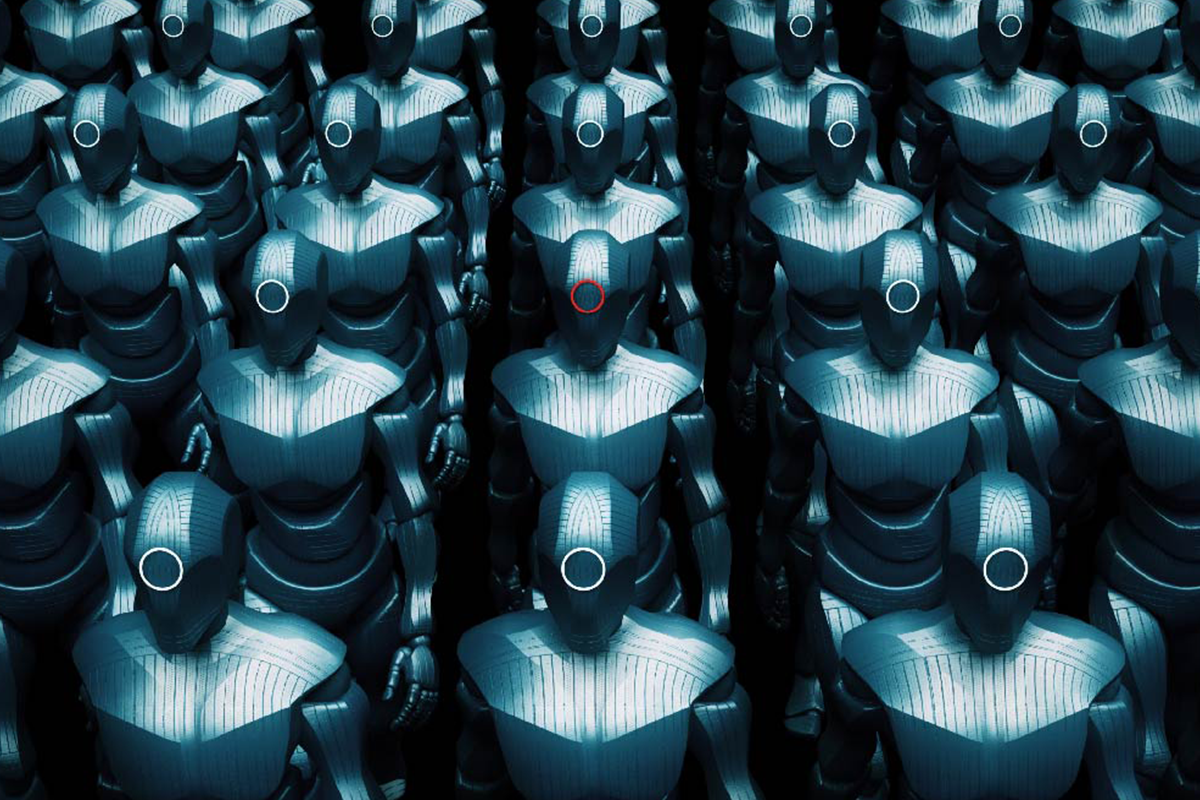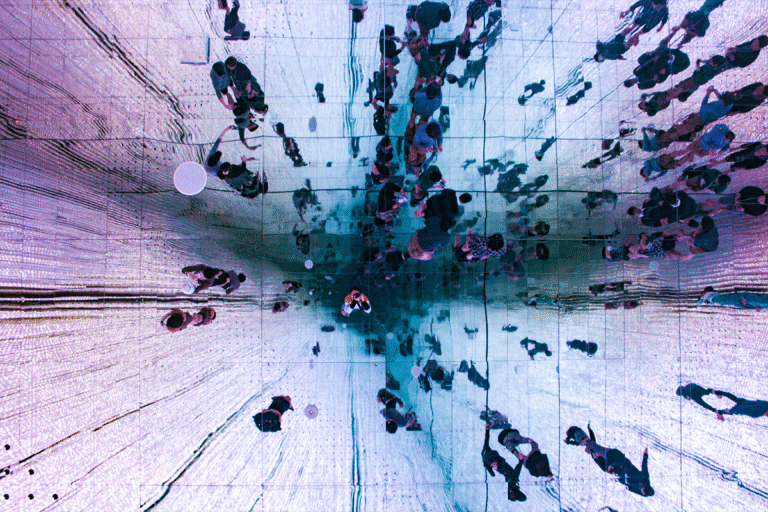Living Through Back-to-Back Revolutions
In the span of just a few years, the world of work has been turned upside down. First came the pandemic, which forced millions into remote working and triggered furloughs, layoffs, and one of the greatest global disruptions to employment in modern history. Then came the scramble to adapt — businesses investing heavily in digital tools, online collaboration, and automation to survive.
Just as we began adjusting to this “new normal,” another wave hit: Artificial Intelligence. Generative AI tools burst into mainstream use almost overnight. Suddenly, professionals in every field were experimenting with AI — some seeing it as a lifeline, others fearing it as a threat.
But here’s the issue: in our rush to embrace AI, many are relying on it without fully understanding the information it produces. We’re at risk of building a future where decisions are made quickly, but not wisely. And if we don’t pause to reshape how we use this technology, we may find ourselves facing another crisis of work — one we can avoid if we act now.
Act 1: How We Got Here — The Pandemic as a Turning Point
When COVID-19 arrived, it didn’t just change health systems; it redefined work overnight. Offices emptied. Dining tables became desks. Millions were placed on furlough or made redundant (in fact I was one of them!). For some, it was a time of fear and uncertainty. For others, it was a chance to rethink what work should look like.
Companies were forced to accelerate digital adoption in ways they had been delaying for years. Cloud systems, video conferencing, and workflow apps weren’t just optional anymore — they became survival tools. In many ways, the pandemic compressed a decade of digital transformation into a matter of months.
This was the foundation that set the stage for AI’s rise. With everyone already working digitally, the leap to using intelligent tools was smaller than it would have been before 2020.
Act 2: The Digital Rush After the Crisis
Post-pandemic, organisations began asking: how can we work faster, leaner, smarter? Digital systems weren’t just temporary fixes; they became permanent infrastructure. But the rush also created side effects:
Workers struggled with digital fatigue.
Companies layered on too many tools, without integration.
Processes were digitised, but not always improved.
This “speed over strategy” approach helped businesses recover but left cracks in the system. Cracks that AI was soon expected to fill.
Act 3: Enter AI — A Double-Edged Sword
AI’s mainstream moment came quickly. Suddenly, anyone could generate a report, draft an email, or analyse data with a simple prompt. Employees who had struggled with workloads now had a helper. Businesses that wanted speed found a tool that delivered.
But reliance came fast, sometimes too fast. In many cases:
Workers didn’t understand the data AI provided.
Companies adopted AI tools without proper training or policies.
Leaders focused on “what AI can do” rather than “how we should use it.”
This unchecked reliance risks creating an illusion of progress — where outputs multiply, but true understanding declines. The danger isn’t that AI will take over, but that we’ll surrender our judgment and critical thinking to it.
Act 4: The Crossroad — What Happens If We Don’t Reshape Now
If we keep racing ahead without reflection, the future of work could fracture further:
Overdependence: People relying on AI blindly, without validating outcomes.
Skill erosion: Human abilities like critical thinking, analysis, and creativity atrophy from underuse.
Shadow AI risks: Employees using unsanctioned tools, exposing companies to errors and security breaches.
Widening divides: Frontline workers excluded while knowledge workers surge ahead with AI assistance.
The risk isn’t that AI will replace us. It’s that we’ll replace ourselves by neglecting the very human qualities that make us valuable.
Act 5: The Reset — Building a Human-Centred AI Future
So how do we stop the cycle? By reshaping how we integrate AI into work before habits become too ingrained.
For Organisations
Slow down to speed up: Instead of chasing every new tool, focus on embedding AI into workflows thoughtfully.
Train for understanding, not just use: Give employees the context to know when AI is right — and when it isn’t.
Redesign work, not just automate tasks: Look at processes end-to-end and rethink how humans and machines collaborate.
Lead with empathy: Be transparent about the changes AI will bring, and invest in reskilling rather than replacement.
For Individuals
Stay critical: Always question AI outputs — ask “why?” not just “what?”
Keep learning: Build new skills continuously, especially those AI cannot replicate.
Lean into human strengths: Creativity, empathy, and complex judgment will remain your superpowers.
Use AI as a partner: Let it handle the repetitive, so you can focus on the meaningful.
Conclusion – but not the “END”:
A Choice Between Drift and Design
The pandemic taught us that change can come suddenly, reshaping work in ways no one expected. AI has arrived with equal speed — but this time, we have the benefit of foresight. We can choose to let AI drift into our systems unchecked, or we can deliberately design a future of work where people remain at the centre.
If we stop now, reflect, and reshape, AI has the potential to create not just more efficient workplaces, but more human ones. The future doesn’t have to be about replacement. It can be about reinvention — if we choose it.




